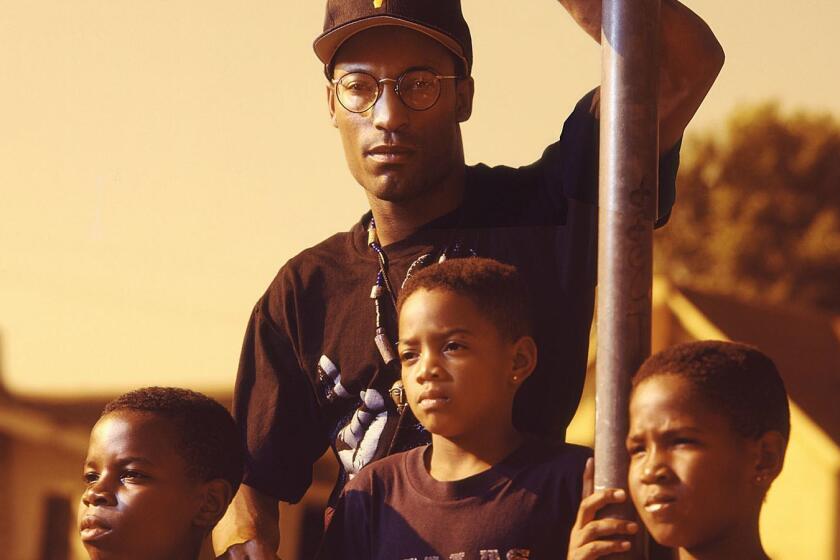How a 1995 John Singleton film presaged today’s sex, gun and race issues
When Justice Singleton was growing up, her father, the late director, writer and producer John Singleton, didn’t go out of his way to show her the movies he’d made. For awhile she thought he was a football player because he used to talk about how he was “drafted into the industry.”
But when the now 27-year-old attended a summer program for incoming freshmen of color at Loyola Marymount University, the group was shown a movie of her father’s that she’d never seen before — “Higher Learning,” about the struggles of a group of freshmen at the fictional Columbus University in Los Angeles.
“When you go on a campus as a black person,” Justice Singleton says, “it can be really fearful, eye-opening.”
The slang, fashion and soundtrack may date “Higher Learning” as a distinctly 1995 product, but it’s striking how many of the topics that shape the film are still being grappled with on college campuses and in society at large. “Higher Learning” examines the rise of white nationalism among young men, the pervasiveness of rape culture, school shootings, racist policing policies, the high price of a university education, binge drinking, sexual fluidity and the treatment of minority athletes in college athletics.
Presaging the culture wars that followed NFL quarterback Colin Kaepernick’s sideline protests just a few years ago, there is even a scene in which Fudge, a politically minded senior played by Ice Cube, asks track star Malik Williams, played by Omar Epps, whether he would stand for the national anthem at a football game if he was surrounded by an all-white crowd.
“These issues are still so prevalent in our society,” Epps says today, “and [Singleton] was cognizant of all of it.”
Gaining ‘carte blanche’
John Singleton celebrated his 27th birthday five days before the January 1995 release of “Higher Learning.” Despite his youth, it was already his third project for a major film studio.
Singleton, who died last year at 51 from a stroke, had established himself as a new and formidable talent in Hollywood when Columbia Pictures put out his debut feature “Boyz N the Hood” in July 1991. The movie received a rapturous response after it premiered at the Cannes Film Festival, made over $57 million domestically off an estimated $6.5-million budget and earned the young filmmaker Oscar nominations in the director and original screenplay categories. Before “Boyz” reached theaters, critic Roger Ebert famously included Singleton as part of the vanguard of what he declared “the black new wave.” Columbia’s president Frank Price repeatedly compared Singleton to Steven Spielberg.
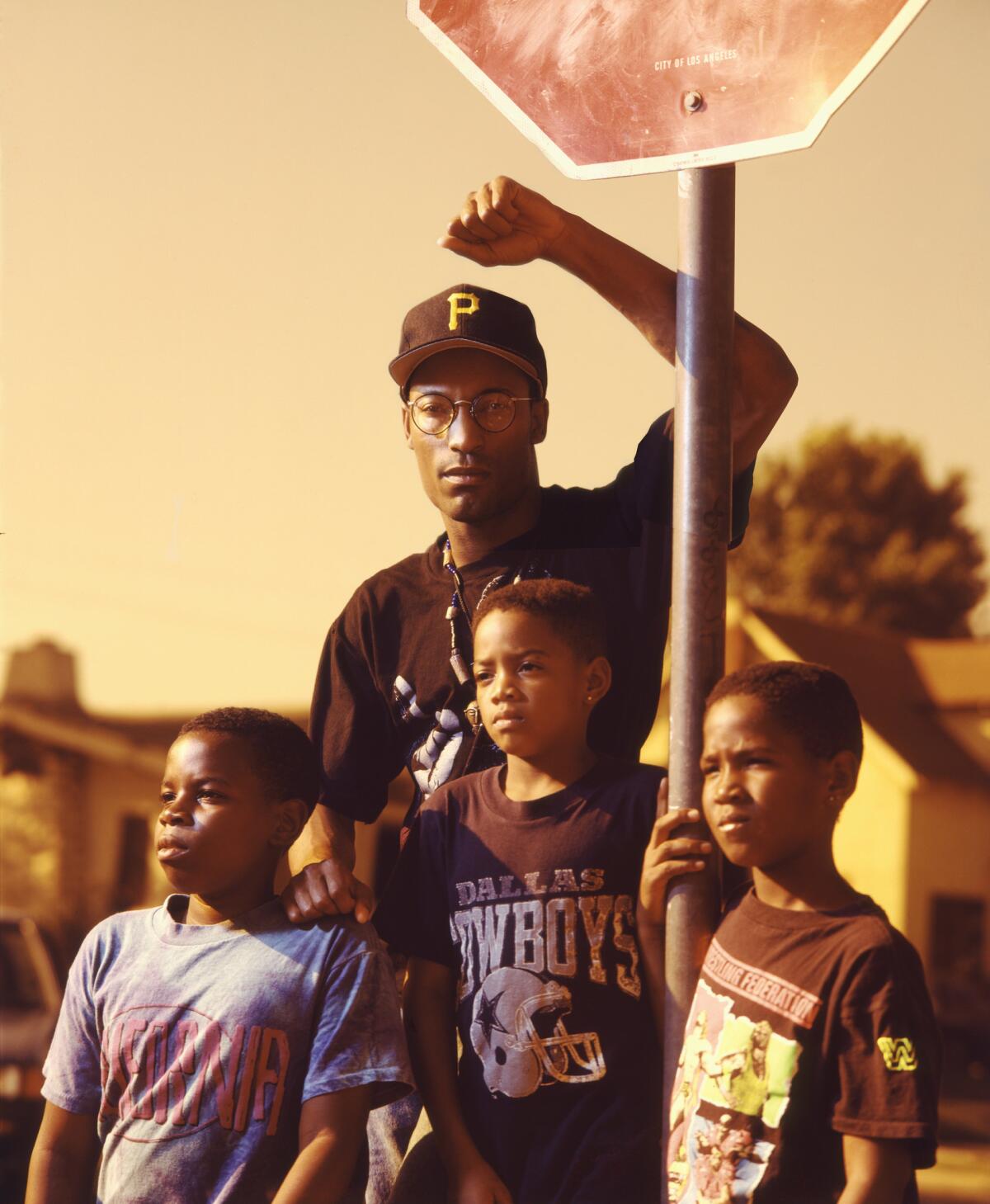
Singleton’s follow-up, “Poetic Justice,” was a road film and love story that starred Tupac Shakur and Janet Jackson. Bringing in $27.5 million, it wasn’t as successful as “Boyz,” but Singleton’s career was still on the rise.
“He pretty much had carte blanche,” says Stephanie Allain, who was senior vice president of production at Columbia at the time. “He could do what he wanted.”
What he wanted was to make “Higher Learning,” which was partly based on what the South-Central native witnessed during his time as a student at USC.
The film focused on Epps’ character Malik, an arrogant member of the track team who becomes increasingly attuned to the forces that shape the black experience in America. Ice Cube’s character, Fudge, served as the film’s Afrocentric conscience. Laurence Fishburne portrayed political science professor Maurice Phipps. And rapper Busta Rhymes played a student who got into clashes for playing his music too loud.
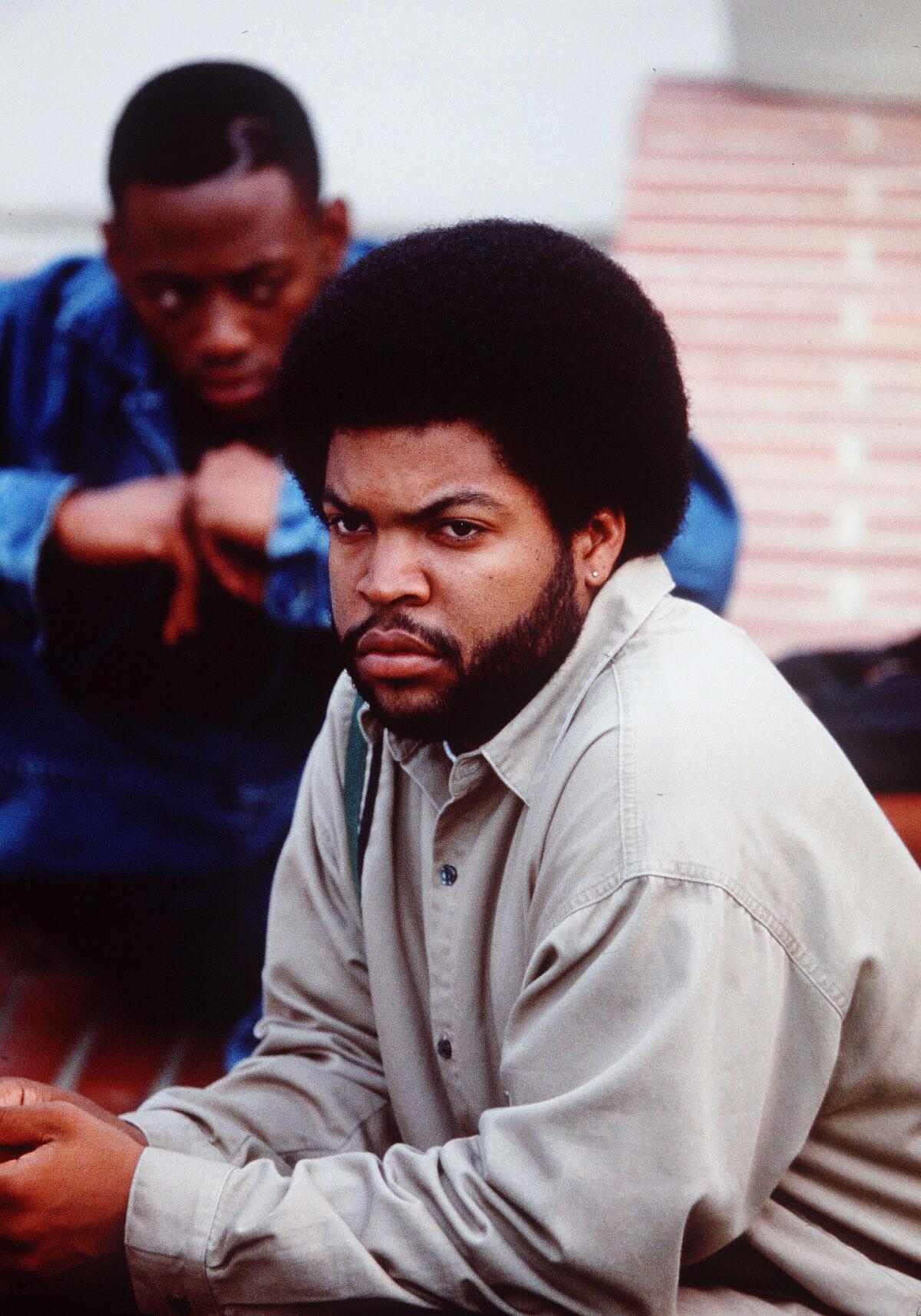
Kristy Swanson, who had just starred in the titular role of the original “Bufffy the Vampire Slayer” movie (five years before the Joss Whedon TV series), played Kristen Connor, a naïve Orange County-born woman who begins to explore feminist activism and her sexuality in the aftermath of a rape. Regina King was Kristen’s roommate, Monet; Jennifer Connelly played lesbian activist Taryn and model Tyra Banks was a track star who became a love interest for Malik.
Pivotal to the film’s conflict was Michael Rapaport’s character Remy, an awkward and lonely transplant from Idaho who joins a group of neo-Nazis led by Cole Hauser as Scott Moss. As the school year progresses, racial tensions increase among the student body, eventually exploding in violence.
Auteur’s vision
To watch Singleton’s “Higher Learning” 25 years after its release is to watch a messy and often complicated movie. After all, it was trying to cover many messy and complicated subjects in just over two hours. Supposedly Singleton’s first cut was twice as long, though even that might not have been adequate time for all the ideas that the film attempts to digest.
“This issue of tribalism and everybody separating into their little groups, it’s something that we might want to tease ourselves that we’ve gotten past in this country, but I feel like now more than ever, it’s pretty obvious that we haven’t,” says Jay R. Ferguson, the “Mad Men” and “Briarpatch” actor who made his film debut in “Higher Learning” playing the frat boy Billy. “That’s just a good reminder that it’s been going on for way too long and way before ‘Higher Learning’ came out.”
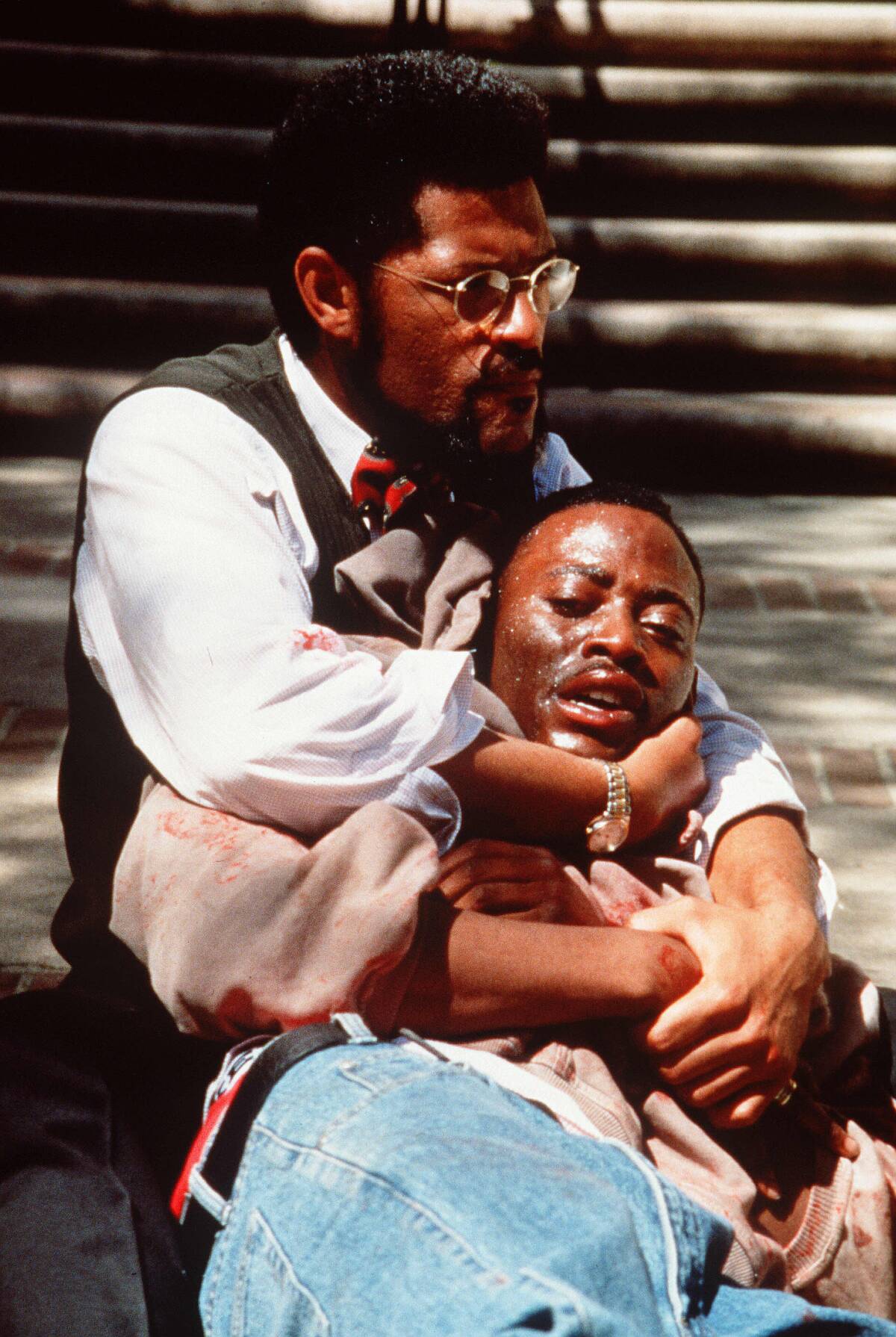
Allain, who is preparing to produce the 92nd Academy Awards show with Lynette Howell Taylor next month, wasn’t just one of the few black executives who worked at Columbia Pictures in the early 1990s, she was one of the few black executives in the entire film industry. She was responsible for bringing the “Boyz N the Hood” script and Singleton to Columbia, and shepherded his two subsequent movies at the studio. She also had a hand in launching the careers of Robert Rodriguez, Justin Simien, Sanaa Hamri, Craig Brewer and Darnell Martin, among others.
“John basically taught me how to produce, how to protect the auteur’s vision through a lot of arguments,” Allain says. “I worked for the studio, but I really worked for him too. John was a very persuasive guy. His passion and his intellect pulled you in. You wanted to be a part of it.”
Singleton typically wouldn’t start writing a film until he was finished with the one he was directing, but his ideas for “Higher Learning” were already forming as he worked on “Poetic Justice.” In 1992, the Los Angeles Times visited Singleton on the set of that film. In the midst of shooting, he was also emotionally contending with the Rodney King verdict and the riots that followed. He hinted that the conflicts within his hometown of Los Angeles would inspire his next project.
“It’s gonna be hard. ‘Cause I’m pissed off,” he told writer Patrick Goldstein. “It’s going to be the first movie I do that has white characters. Because I’m going to have to deal with a lot of bigger issues, economic issues, issues of class as well as race.”
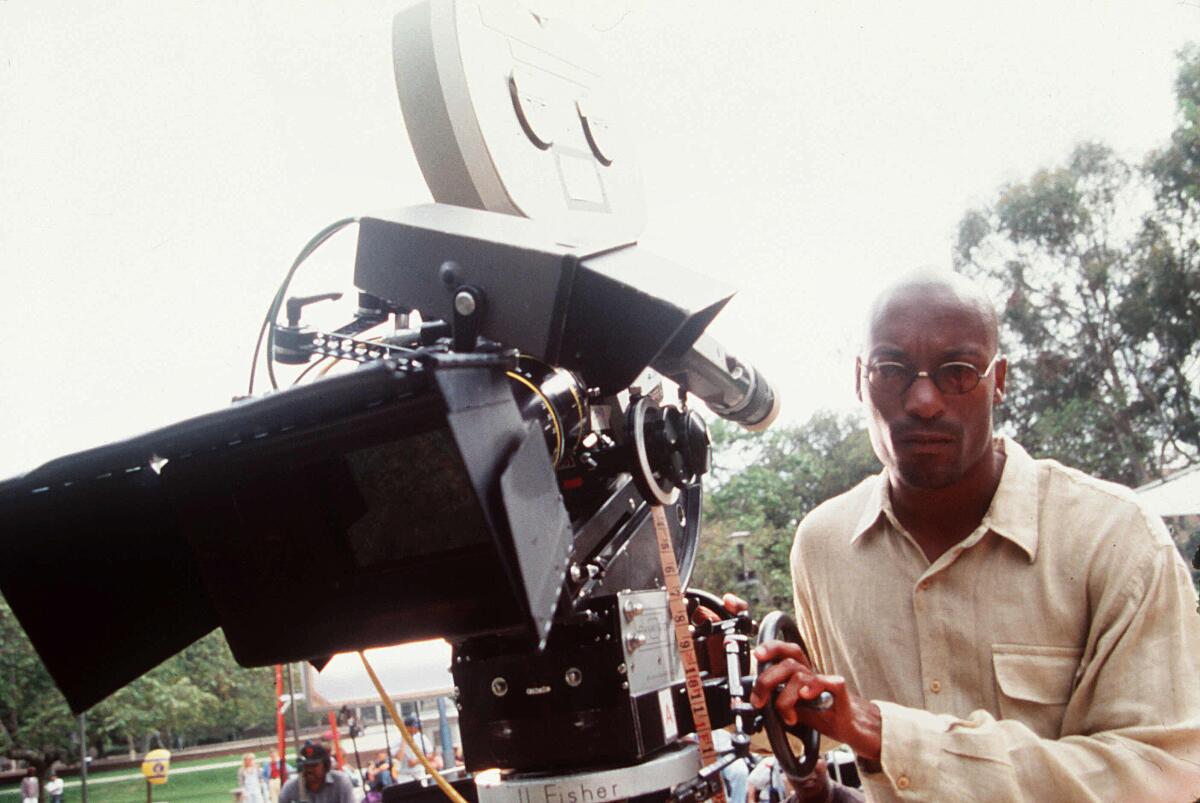
The acclaim and box office success of “Boyz N the Hood” helped inspire an influx of what were then called “hood movies” — films like “Menace II Society” and “South Central.” Just like the increasing popular strain of gangster rap, they purported to show the realities and repercussions of gang life, police brutality and the crack epidemic in L.A.’s African American neighborhoods.
Dr. Todd Boyd, then a young professor who had recently moved to Los Angeles to join USC’s film department, remembers it as a particularly exciting cultural time in the city. “Black filmmakers were hot at that moment,” he says. “John was in the center of it. Spike [Lee] is from New York and his movies were New York movies … But John brought a West Coast sensibility to it. When you consider how N.W.A and Ice Cube and [Dr.] Dre and Ice-T brought the West Coast into the hip-hop equation, John was doing the same kind of thing in film.”
Since “Higher Learning” would be Singleton’s first movie without a predominantly black cast, it was perceived that there would be broader marketing possibilities and audience growth, which meant Columbia didn’t hesitate when he brought them the concept.
“Oh my God, they were happy,” says Allain. “Are you kidding? They’re like, ‘OK, we have some white people in this one!’ He was growing as a filmmaker and he felt like he had the ability to give voice to other characters.”
Stars in the making
As casting for the film began, the only actors attached were Ice Cube and King, who had made their film debuts in “Boyz N the Hood.” King, who won an Oscar last year for her role in Barry Jenkins’ “If Beale Street Could Talk” and recently starred as the detective at the heart of HBO’s “Watchmen,” also played a supporting role in “Poetic Justice,” while Cube says he turned down the part that eventually went to Shakur in that film.
The offer to play Fudge in “Higher Learning” coincided with Cube’s increasing interest in black history and the Nation of Islam. He was reading books by Malcolm X and Elijah Muhammad, as well as learning about the history behind the Black Panthers and Los Angeles gangs. “It was a highly political stage in my career,” says Cube. “I was ready to do a movie and put out a visual match to what I was rapping about.”
John basically taught me how to produce, how to protect the auteur’s vision through a lot of arguments.
— Stephanie Allain, producer
At a time when shaved heads and close fades were the normal hairstyles for young African American men, the voluminous, throwback Afro that Cube sported in “Higher Learning” was a striking look. “When [Singleton] told me about the character months before, I just knew I wanted to grow my hair out,” he says. “I wanted to make that statement that this guy is black on the inside and outside.”
Fishburne had played Furious Styles in “Boyz N the Hood,” a role that was based on Singleton’s father. After Sidney Poitier and Dustin Hoffman turned down the role of the political science professor in “Higher Learning,” Singleton turned to Fishburne, who was only 34 at the time. Just seven years earlier he had played a student activist in “School Daze,” Spike Lee’s film set at another fictional college, the historically black Mission College in Atlanta. For “Higher Learning,” they aged Fishburne’s appearance by whitening his hair and beard, but the actor developed his own distinctive approach to the character.
“[Singleton] explained to me that it was kind of generational, the difference between the student’s point of view and this professor’s,” Fishburne says. “I thought about [how] Poitier was from the Caribbean and I thought that would be kind of the way in. I said, ‘Let’s make him West Indian, so at least there’s a cultural difference.’”
“Boyz n the Hood” wasn’t the first John Singleton film I saw in theaters — that distinction goes to his 1993 romance “Poetic Justice” — but it’s the one that’s stayed with me the longest.
Fishburne ended up basing his performance on his godfather Maurice Watson, an English and drama professor at Brooklyn College, who was responsible for getting him into acting as a child.
Epps’ part of Malik was originally going to be played by Shakur — Singleton told Vibe magazine at the time that he wanted the two of them to have a creative partnership like Robert De Niro and Martin Scorsese. But as the film went into production, Shakur faced charges of sexual assault that eventually sent him to prison. Epps, later known for his starring role in “Love and Basketball” and his long run on “House,” had broken through with the film “Juice” and had replaced Wesley Snipes in the sequel to “Major League.” Still, this film felt different. “It was my first time working with a filmmaker who was just so entrenched into the story and the bigger voice of the film,” says Epps, who most recently has been seen on NBC’s “This Is Us.”
Even before the script for “Higher Learning” was done, Swanson, who was repped by the same agency as Singleton, reached out to meet with the director. Like the character she went on to play, Swanson is from Orange County.
“Even though we were both from Southern California, we were able to talk about how we came from very different sorts of lives,” Swanson says. “There was a lot of humor in our conversation and getting a feel for each other. I could tell he was really studying me and how I spoke and what I had to say.” She believes that their conversation ended up shaping the character, even down to her name, Kristen.
Swanson is now one of the entertainment business’s most vocal supporters of Donald Trump, waging daily campaigns on his behalf on social media and getting messages of gratitude from the president’s Twitter account.
As for the role of the skinhead Remy, there are conflicting accounts about whether Leonardo DiCaprio (post-Oscar nomination for “What’s Eating Gilbert Grape” but pre-global mega fame for “Titanic”) was at one point officially attached to the part. As shooting neared, Singleton and the casting agents considered Rapaport and Hauser for the role.
“I had actually just done a role in a film called ‘Skins’ where I played a skinhead, so I already looked the part,” says Hauser, who is currently one of the stars of Kevin Costner’s Paramount Network series “Yellowstone,” and conducted the interview for this story while riding his horse, Duke. “When I walked in and met John, he kinda looked at me and I think he really thought I was a skinhead.”
Rapaport eventually got the part of Remy, while Hauser was cast as the head of the neo-Nazis, even though he was only 19 years old. The irony was not lost on either of the actors that they were both Jewish.
Before filming began, Singleton developed exercises for the actors to get more in touch with the roles they were playing. “He had this thing he called character therapy,” Swanson remembers. “We sat in a circle almost like you would see at a group-therapy meeting, you know, ‘Hi, my name is .…’ That kind of a thing. Everybody spoke as their character in this therapy circle.”
Though Hauser said he got along with cast members like Ice Cube and Busta Rhymes on the “Higher Learning” set, his physical appearance caused some uncomfortable moments.
“John was one of those guys, especially early on, who was doing this more than anybody, where the crew is black — down to the catering and the drivers.” he says. “He was doing a lot for the African American community, especially in Los Angeles at that time. So to be walking around with a shaved head, with tattoos of ‘Invisible Empire’ on my neck, it’s not the most, I guess, inviting atmosphere.”
Singleton also told Rapaport not to hang out with most of the cast when they weren’t filming in order to mirror the isolation his character feels. It was not an easy ask for unabashed hip-hop devotee. “I was such a fan of Omar Epps and Busta Rhymes and Cube,” says Rapaport, who over the years has been a near-constant film and TV presence, most recently as the dad in Netflix’s “Atypical.” “I remember Omar Epps had gotten an early copy of Nas’ first record, ‘Illmatic.’ I remember walking by their trailer and they were listening to it and I was so jealous.”
As the filming went on, the difficult subjects the story examined couldn’t help but affect the tenor of the production. “It always starts off very optimistic and fun, and then the acting starts to take over and gets you a little more serious” says Cube. “The more we did it, the more difficult it felt to shoot things. It felt like there’s really lines in the sand and that’s because you got good actors on all sides of the equation, and you got a director who understands that this tension can be used to bring out better performances.”
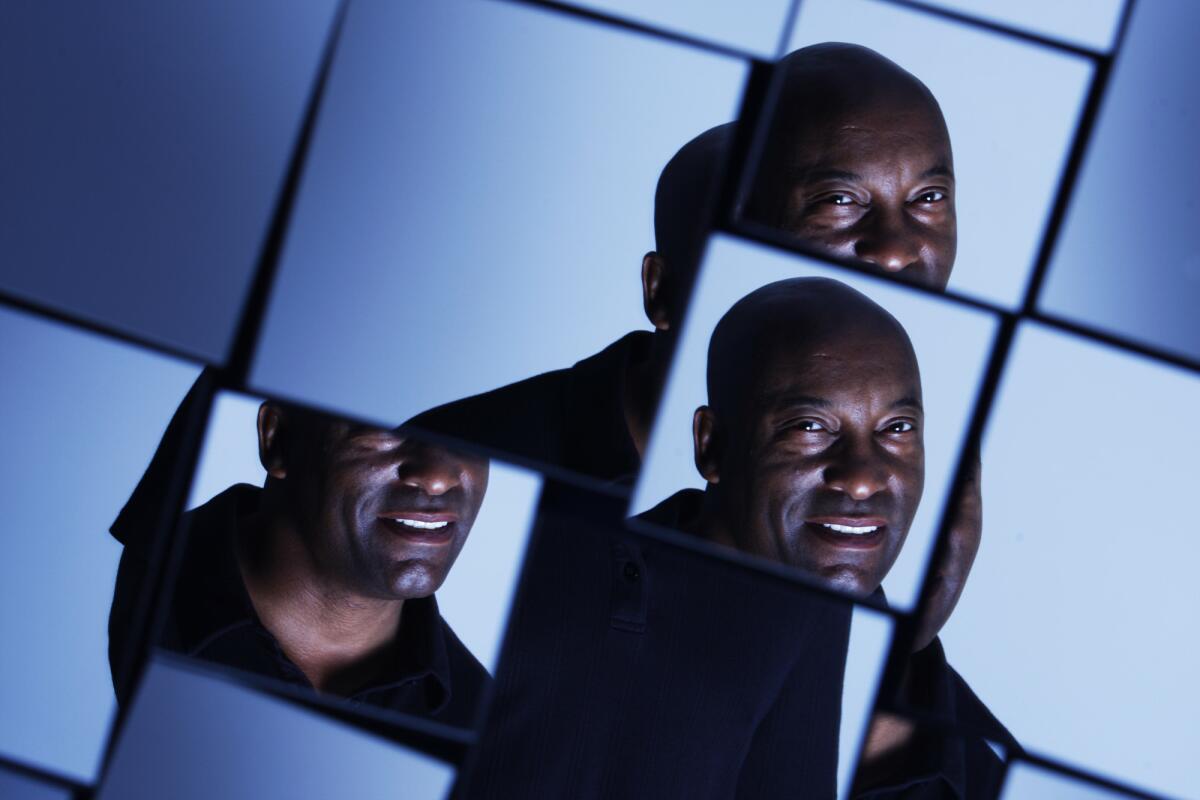
With his comedies “Friday,” “Ride Along,” “Barbershop” and their sequels still in the future, Cube, who at the time of “Higher Learning” was still actively making music in his post N.W.A career, says he learned “everything” about screenwriting and directing from Singleton. Hanging out together at Singleton’s home in Baldwin Hills, the filmmaker told Cube that if he could tell stories so well in his lyrics, he should be doing it in scripts. Singleton not only guided him toward buying his first computer and Final Draft screenwriting software, he coached him through several different scripts until he finished “Friday.”
Crucial conversations
“Higher Learning” was shot on the campus of UCLA during the first half of 1994. (USC denied Singleton’s request to film it at his alma mater.) Columbia Pictures released the film in January 1995. These days, January is known as a time studios dump the movies they don’t have faith in, either critically or commercially, but the executives interviewed for this article say that wasn’t the case for “Higher Learning.”
“Nobody thought we better bury this,” said Sid Ganis, Columbia’s then head of marketing who had also worked on Singleton’s previous films. “Not at all.”
The film opened on Martin Luther King Jr. weekend and made over $13 million, taking the second spot in the box office rankings, just behind “Legends of the Fall.” It eventually grossed $38 million in theaters — more than “Poetic Justice” but less than “Boyz N the Hood.”
Response to “Higher Learning” was mixed. Critics admired Singleton’s desire to confront societal problems but felt he relied on too many clichés and shallow depictions to do so. As Kenneth Turan wrote in his review for the Los Angeles Times, “Because he accomplished so much so early, it is easy to forget how young John Singleton is. ‘Higher Learning’ reminds us.”
Singleton spent this century specializing in action films like “Shaft” and “2 Fast 2 Furious.” “Baby Boy” from 2001 marked the last of his so-called “hood films.” In 2017 he took a deeper look at the L.A. unrest that had initially inspired “Higher Learning” by producing the documentary “L.A. Burning: The Riots 25 Years Later.” And he returned to the Los Angeles of his youth as the co-creator of FX’s series about the 1980s drug trade, “Snowfall.” His death came three months before the premiere of the show’s second season.
“Higher Learning” ends with the word “Unlearn” appearing over the American flag before the screen fades to black. These days, similarly optimistic phrases of the era like “Erase Racism” and “No Colorlines” get little play in discussion of racial dynamics. The emphasis is on getting people to acknowledge the inherent prejudices and biases within themselves, then working to challenge them.
When “Higher Learning” was released, the Los Angeles Times held a screening of the film for 10 local college students. Afterward USC’s Dr. Boyd moderated a conversation between them and Singleton. The director had only graduated a few years earlier, but already the students questioned why he didn’t focus more on systematic racism and wondered why his film didn’t include the experience of Latino and Asian students.
Recent incidents on college campuses, such as the May 2018 call to campus police by a white student about a black Yale graduate student sleeping in a residence hall’s common area, have forced the people of the United States to examine their own feelings and assumptions about race. In this political climate there’s also been the rise of the Black Lives Matter movement and white supremacist incidents, as well as a continued battle over U.S. immigration policies and affirmative action lawsuits, all forcing difficult but crucial conversations.
As Justice Singleton says, “The way the world is, is kind of like a college campus now.”
More to Read
Only good movies
Get the Indie Focus newsletter, Mark Olsen's weekly guide to the world of cinema.
You may occasionally receive promotional content from the Los Angeles Times.
